A satcom industry body in India has urged the policymakers to acknowledge that no one solution can be the panacea to bridge the broadband connectivity gap in the country, adding that rural and urban solutions would require different approaches, including spectrum usage.
“It is of utmost importance for the policymakers to acknowledge that no one solution can fill the broadband connectivity gap in the country. A right mix of access technologies, including fixed-line, satellite, Wi-Fi and mobile broadband, to ensure a more inclusive penetration is necessary,” Satcom Industry Association India said in its recently-released report, ‘A Balanced Approach for Spectrum Allocation: Support for a thriving 5G/IMT & Satellite sector in India’.
The report stated that with the advent of IMT-2020 5G radio technologies, policy-makers and regulators are facing considerable pressure from terrestrial mobile operators to repurpose spectrum to meet new technical requirements.
It is important to note that 5G advances are not unique to terrestrial networks. Satellite broadband is already using many of these advances and has been doing so for many years. These 5G type advances include the use of low latency radio interfaces, network slicing, and edge computing or caching.
“Any digital policy would have to account for the dynamics of providing connectivity in rural and remote areas from those of urban areas as the strategies, which work in urban areas, are not suited for rural areas. Each technology option comes with its capabilities and limitations, and, of course, spectrum requirements.
“Earmarking enormous resources for a single technology and relying solely on it is not only an imprudent strategy to achieve the Digital India goals, but also impacts the business ecosystem for other service providers and technology alternatives. The result will be limited options, less innovation and likely higher prices for consumers. This will also limit the scope of FDI, manufacturing and employment generation in the country,” the report pointed out.
To buttress its assertions, SIA India has highlighted that the radio spectrum is essential to provide all forms of wireless communications and services. Its value and contribution to the economy and society have risen tremendously over the last two decades. However, spectrum is a scarce national resource that should be utilised for the benefits of all the citizens and allocated optimally.
The drawback of a terrestrial mobile focus instead of a multi- technology approach, according to the report, is highlighted by the drafted response of former Minister of State for Communications Sanjay Dhotre in Lok Sabha on February 10, 2021 that said an estimated 37,439 inhabited villages in the country do not have 3G/4G mobile internet coverage.
The importance of addressing this issue cannot be underestimated, and an action plan with technology choices and execution timelines needs to be in place, the SIA report said.
In line with this, any new service ought to ensure the continued availability of existing services in the same or adjacent spectrum bands. The same principle needs to be applied while allocating spectrum for the new services of 5G being introduced to ensure that the 5G operations do not interfere, impact or hamper the existing operations of satellite services.
“There has been substantial investment by the Satellite sector to support a variety of applications, including video distribution businesses like Cable TV, Headend in the sky (HITS) and DTH, video broadcasting businesses, In-flight and Maritime Communications (IFMC), Disaster management, Tele-education, Tele-health, agriculture, animal husbandry etc. Each of these businesses, solutions and application areas has invested and established under existing laws, rules, and regulations. These investments must be kept secure from disruption by any alternative or adjacent use of the spectrum bands,” SIA India said in its report.
Satellite backhaul technology can play an excellent model in achieving the PM WANI Wi-Fi hotspot targets and can provide the vital ‘backhaul’ or connectivity to ensure uninterrupted Wi-Fi as last mile connectivity. It is the only cost-justified and rational method to connect Wi-Fi access points to the internet in areas unserved/underserved by terrestrial broadband, the report stated.
“The ambitious PM-WANI targets a four-fold increase in the Wi-Fi hotspots to 2 million Wi-Fi hotspots by 2022-23 from the current total of 500,000 hotspots. Although deploying Wi-Fi access points makes the last mile affordable, it still requires a broadband backbone to carry traffic to and from the Internet connection point. Studies have shown that the satellite and Wi-Fi combination as a mode of delivery entails a significantly lower cost for ubiquitous connectivity in India, as against using 5G/IMT in the mmWave band,” the report has argued.
It concluded the preface by stating the report is an attempt to study the need for spectrum requirements for satellite and IMT sectors, and solutions that “allow the nation to benefit from co-existence of these diverse technologies” in internationally harmonised spectrum bands without impacting either of the services.
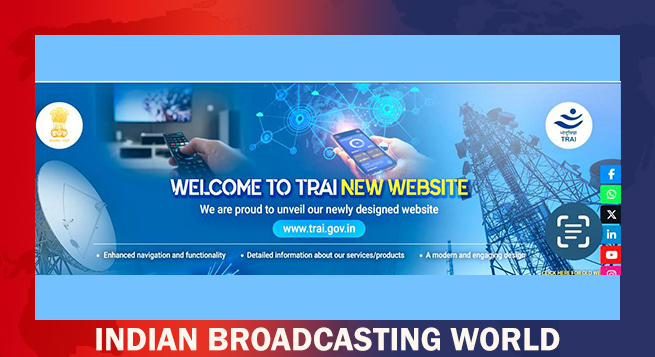 TRAI revamps website to connect with wider audience
TRAI revamps website to connect with wider audience  Prime Video to limit in India number of TV sets having access per subscription
Prime Video to limit in India number of TV sets having access per subscription 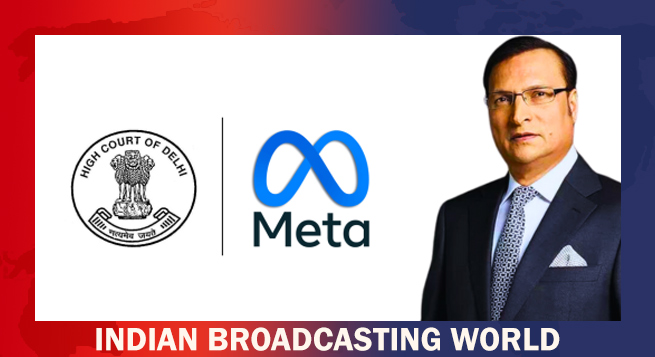 Delhi HC orders meta to remove deepfake videos of Rajat Sharma
Delhi HC orders meta to remove deepfake videos of Rajat Sharma 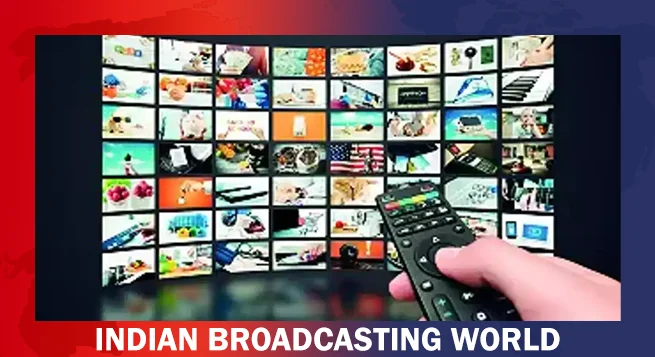 Govt. blocked 18 OTT platforms for obscene content in 2024
Govt. blocked 18 OTT platforms for obscene content in 2024 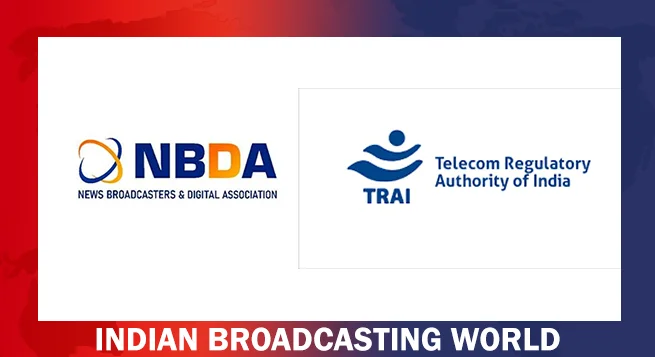 Broadcasting industry resists inclusion under Telecom Act
Broadcasting industry resists inclusion under Telecom Act  DTH viewing going down & a hybrid ecosystem evolving: Dish TV CEO
DTH viewing going down & a hybrid ecosystem evolving: Dish TV CEO 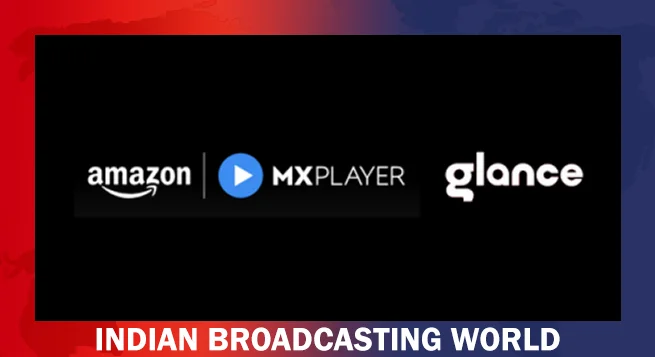 Glance, Amazon MX Player team up for hit shows
Glance, Amazon MX Player team up for hit shows 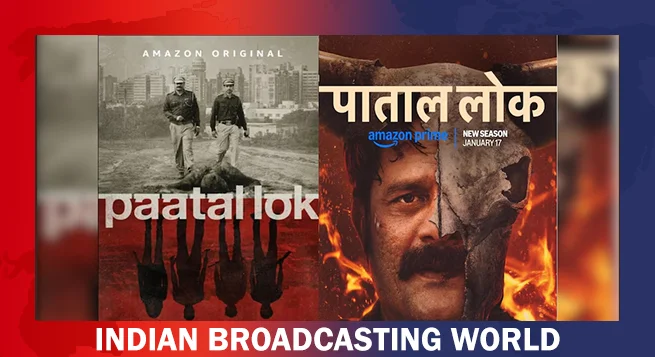 ‘Paatal Lok’ S2 to premiere on Jan 17
‘Paatal Lok’ S2 to premiere on Jan 17 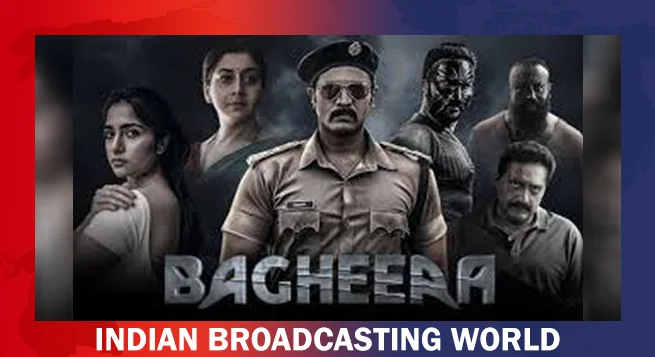 ‘Bagheera’ to stream in Hindi on Hotstar from tomorrow
‘Bagheera’ to stream in Hindi on Hotstar from tomorrow  Abhishek Singh Rajput shines in ‘Swipe Crime’ on MX Player
Abhishek Singh Rajput shines in ‘Swipe Crime’ on MX Player 









